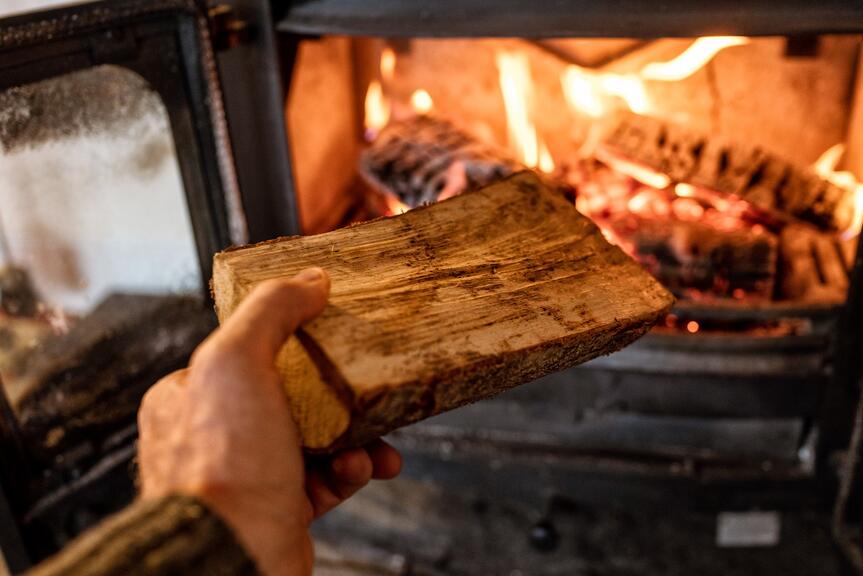
Burning of wood generates fine particles, which are harmful to health. Wood burning by households is the main source of carcinogenic benzo[a]pyrene in the Helsinki Metropolitan Area. The most common adverse effects caused by such particles are irritation symptoms, such as a sore throat, cough and shortness of breath. Prolonged exposure may cause and aggravate chronic diseases and increase premature deaths.
Wood is burnt in approximately 80% of single-family houses in the Helsinki Metropolitan Area. Wood burning in areas comprising densely built single-family houses can cause high pollutant concentrations in the air. On days when there is not much wind and in sub-zero temperatures, smoke hangs around the houses and finds it way inside.
“Our annual campaign is not intended to prevent residents from using wood-burning fireplaces or stoves. Wood can be burnt. The most important thing is to do it correctly to minimise emissions. In the Helsinki Metropolitan Area, one third of combustion-based fine particle emissions come from the use of fireplaces. This amount exceeds, for example, fine particle emissions from cars,” says Environmental Inspector Suvi Haaparanta of the Environmental Services of the City of Helsinki’s Urban Environment Division.
Tips for correct wood burning
Emissions from wood burning can be reduced in many ways. Emission amounts are affected by factors such as the condition of the fireplace, the quality and storage of firewood and how the fire is lit and wood burnt.
Fireplaces and chimneys in permanent dwellings must be swept once a year according to law. If a fireplace has not been used for three years or more, a chimney sweeper must inspect and service the fireplace and chimney before reusing them. In connection with sweeping, the chimney sweeper can also provide tips on energy-efficient and clean wood burning.
When using a fireplace, keep in mind a few basic rules. Burning wet wood produces a lot of emissions and costs you dear, because wet wood produces less heat. A woodshed is the best place to store firewood. Due to fire safety reasons, firewood must not be stored indoors or stacked against the walls of buildings.
Five tips for low-emission wood burning:
- Only use dry and clean firewood. Do not burn rubbish.
- Follow the instructions for use of your own fireplace.
- Fill no more than half of the firebox.
- Make sure that there is enough replacement air.
- Nearly colourless smoke coming from the chimney is a sign of a well-burning fire.
Do you need more tips? The Polta Puhtaasti website(Link leads to external service) of HSY provides a wealth of information on the acquisition and storage of firewood, the use of a fireplace and heating.